 We thought it was high time we outlined our philosophy on weight here at Fat Creep. Fat Creep™'s philosophy of successful weight maintenance is based on two stages: 1. Get Sexy - getting sexy is all about knowledge 2. Stay Sexy - staying sexy is all about good habits: preventing fat from creeping up on you... Why 'sexy'?
We at Fat Creep™ differentiate between skinny (or thin) and sexy. We frown upon skinny. Let us illustrate:
1. Get SexyMost diets are 100% focused on weight loss - or getting sexy; we break getting sexy down as follows: A. Knowing more about the body helps you to set your own targets.
B. Knowing more about food helps you to make better decisions about what you eat.
C. Knowing more about yourself helps you to adjust your lifestyle in the most appropriate fashion.
2. Stay Sexy Unfortunately, getting sexy - as tough as it might seem when you are working towards it - is the easy bit. Lots of diets neglect this next phase entirely when it's just as important because having your weight fluctuate is a problem in itself. A. Track your weight
B. Maintain the good habits. Fad diets are the antithesis to staying sexy
C. Re-count calories periodically to remind yourself what 'bad' food is.
 Although your personal finances and your business success are my primary interest, I believe you only operate at peak efficiency when you're fit and healthy. If you feel good, it filters through to your work. To help you with that, click for your free ebook: The Quick Guide to Sexy
0 Comments
Are you really above the average? Whether or not you are, you are happier! Optimism leads to success and overall more happiness.
 Although your personal finances and your business success are my primary interest, I believe you only operate at peak efficiency when you're fit and healthy. If you feel good, it filters through to your work. To help you with that, click for your free ebook: The Quick Guide to Sexy 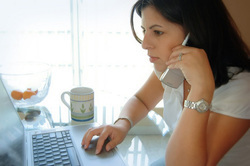 Entrepreneur lesson numbers 1, 2 and 3. I thought that when I became self-employed I would have loads of time to do everything and that my life would just open up. I also thought that as a small business owner it is my duty to be prudent and not to spend ANY money on staff. I have heard other business owners talk about the importance of not trying to do everything yourself and thought, "If you're a small business, you need to do everything yourself." This is very wrong, very very wrong! Two months into my business, I have found that social networking is important to drive traffic to my websites but it takes tonnes and tonnes of time!! Geez, I have spent so much time posting links of blogs I have just written to various sites instead of spending that time either making phone calls, writing more great copy or coming up with new strategies. My time is not being well spent! Secondly, nowadays you don't need to spend a fortune to have an assistant. You can actually pay a very decent fair wage to a virtual assistant to whom you assign all tasks that can be passed on. This is great! Why have I not been using this technology all along?! I'll tell you why: because I hadn't read the Four Hour Work Week by Tim Ferris yet so I didn't know that I could be making use of such a service. My assistant starts on Monday! First things first, what is a virtual assistant? An assistant that works remotely. She isn't in the same office as you. You could be in New York whilst she works from London. In my case, she's a pretty lady called Uneza in India. She is a university graduate. So, how does one go about assigning tasks to such a person? 1. Decide what you are not good at doing: I am not good at admin and other such repetitive tasks e.g. putting my receipts into a spreadsheet. I save all of them in a directory as PDFs easily enough but find it hard to make the extra effort to put them all neatly into Excel. 2. Decide what is not cost efficient for you to do: Once I have decided on a social marketing strategy e.g. post links to "such-and-such" a new hot social network to be, I do not need to be doing this myself. It can be passed on. I can respond to follow-on comments if they require specialist knowledge but other than that anyone can do that work. Social networks are a time vortex: you will always find something to distract you and if you want to have oversight, allocate an hour at the end of the day. Don't get lost in them. 3. Decide things you don't want to do: See one and two - I don't want to be doing any of that. In addition, I frequently need to dig up emails or information on something - one does not have to do one's own websurfing. 4. Decide on repetitive tasks that can easily be passed on: Most things are repetitive e.g. data exercises, formatting tasks or copy-and-paste jobs. These things are ripe for passing on to an assistant and anyone that looks closely at their to-do list will see there are many repeat tasks that can be done by anyone that has a computer. I cannot wait for my VA to start. Feedback will follow. Lessons: 1. Tempus fugit - time flies and it flies even faster if you are a business owner. 2. Value your time. You might make more money if you spend some effectively increasing the quantity of yourself available with an assistant. 3. Your assistant could be sat in another country entirely, they do not have to be present. In fact, more might be achieved if they are not present. The 2012 summer exhibition at the Royal Academy of Arts is fabulous. Although there are some pieces there that make you wonder about the entry requirement, there are many more intriguing/creative pieces. Tracey Emin had a completely useless piece of 'art' there for £165,000; perhaps someone with all money and no sense will buy it but I am hoping that no one is that stupid.
Apparently some people have been fainting at the "Brains: The Mind as Matter" Exhibition at the Wellcome Trust because they can't stomach some of the exhibits. In particular, there is a video of brain surgery in action from the 1940s/50s and another of shock treatment from the same sort of period. I wasn't fazed by either - I'm made of stern stuff, I guess.
That said, it did get me thinking. Are younger generations of Brits unable to deal with reality? They grew up without seeing animals or other "real" life; if you grew up on or near a farm you likely wouldn't get squeamish over the sight of a few innards. You'd have seen at least a chicken being killed and cows being milked and wouldn't get distressed by the sight of a brain or two. I don't know. I really enjoyed the portraits of people who have donated their brains for research, it really humanised the whole thing. Would you donate your brain for research? I am thinking it's a good idea...but I am yet to fully decide. 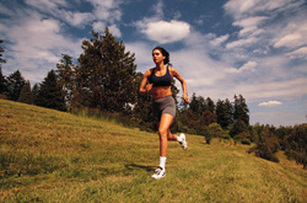 This blog is inspired by Christopher McDougall's book, Born to Run Until today, I always believed that women sat around tending to the kids as the men went out hunting and "brought the bacon" home. I don't think I learnt this at school, it's just one of those things I knew, you know - "general knowledge". Then, as I was reading Born to Run I learnt that scientists can almost conclusively say that when we were hunter-gatherers the women were part of the chase. For instance, in most mammals, the male is much larger than the female. In human beings on the other hand, the male is on average only 15% larger than the female as we're both designed for the same function: running. Our small nimble size is ideally suited to long chases. Human beings are designed to endure very long runs in pursuit of their prey - meat for food. I once read of a woman who had a baby and went out to complete a marathon the very next (or same) day. I thought she was mad but apparently it's not so crazy. Hunter-gatherer women were exactly the same way; running was not some big thing that you had to go and do. It was a way of life - something you did everyday, kind of like waking up and watching TV in today's world. Is there any evidence for this way of life? In fact there is. Modern societies and the digital revolution remain very new. Hunter-gatherer societies still exist. The Mbuti or Bambuti pygmies in the Congo maintain their hunter-gatherer way of life. Both men and women gather and forage. When it comes to hunting for meat, the women and children take part by 'driving the prey into the nets' (Wikipedia). 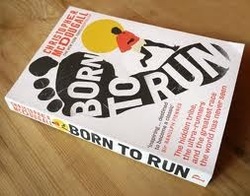 This driving the prey into the nets is made to sound like a light activity but it's actually a wild chase of man versus animal that can last hours at a time. A group of 6-10 people collectively target and outrun a deer until it's tired out. When they catch it, the kill is taken back to the community and shared collectively. The Mbuti live in groups of 15-60 and total 30- to 40,000 worldwide. They have developed hunting boundaries so that one group doesn't impinge on the ground of another. I expect that this is as much for sustainability as it is for maintaining the peace. Ultimately, people who live this sort of nomadic lifestyle live as one large family. Everything is shared. I kind of envy this way of life. In modern society it's every man for himself: eat or be eaten. On the issue of running. There is an ultra running competition every year, the Leadville Trail 100. Ultra running is running on very rough terrain, on routes where cars can't pass. It's been found that although men can out-sprint women over short distances, when it come to ultra races like the Leadville, 90% of women finish but only 50% of men do. The book didn't drill down on why this phenomenon exists but it serves as further evidence that we were bothdesigned to persevere and persist over hard terrain for long distances. Born to Run is a book about running but I decided to zone in on the issue of women for this post. I have reviewed the book here and written more about the book from a different angle in these posts: I highly recommend this book. 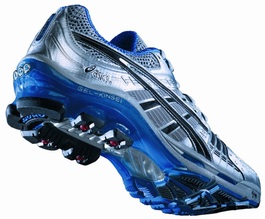
By Heather
This blog is inspired by Christopher McDougall's book, Born to Run. Are you as surprised by this news as I was? Here are three truths Born to Run revealed: 1. The best shoes are the worst A research team run by Dr Bernard Marti analysed 4,358 runners in the Bern Grand Prix, a 9.6 mile road race. A good 45% of these had some sort of foot trouble to report. The extensive questionnaire asked all manner of questions but one variable stood out: runners in shoes that cost more than $95 were more than twice as likely to get hurt as runners wearing shoes that cost $40 and under. I'll say that again: the more pimped up the shoe, the more likely you are to get some sort of foot damage! Double the price and you get double the pain! Follow up studies have startlingly found similar results. 2. Feet like a good beating Your feet are just like your lips and hands in that they are engineered to feel a surface and then decide how to react. When you land on something soft, your feet will hit the surface harder in search of solid ground for balance. The impact with which you hit the ground when you're running is many times your body weight so a bit of cushioning in your shoes won't affect that much at all. My analogy: ever climbed over rocks in a river - do you ever get that feeling that your shoes are getting in the way? When you take your shoes off you seem to feel your way over the rocks better (except when they're hot). At least now I kind of understand that sensation better. 
3. Human beings are designed to run without shoes
When the human body was designed it wasn't designed with shoe wearing in mind. No surprises there. The arch of the foot is structured to cope with pressure. By putting shoes on, you shift all the pressure points and in many ways "disable" your foot's normal function. Kenyan runners apparently have great elasticity in their feet because they've been running barefoot for well into their teens. So, should we all dump our shoes and start 'barefooting' it? No, that wouldn't be good advice. From birth, you and I have been wearing shoes and have conditioned our heels and tendons to a heel-down-first sort of movement as opposed to the more natural toes-first manoeuvre. Drastically changing that will lead to injury. Importantly, we're all mostly running on man-made surfaces - hard roads and concretes paths - our feet were not designed for that either. By wearing shoes for so long and getting used to putting your heel down first, you've turned a structure engineered for running into a walking vehicle that will sputter and fail when made to run. The most interesting fact I learnt? A human being begins to improve their running speed at age 19 and peaks at 27. From there it's downhill BUT we don't decelerate fast; it takes us until the age of 64 to go back down to the speed reached at 19! If you want to improve your running style, read up on Chi, Pose and Evolution running methods. Read my brief review of Born to Run here.
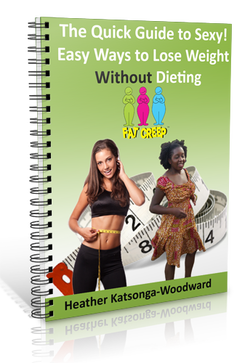
Although your personal finances and your business success are my primary interest, I believe you only operate at peak efficiency when you're fit and healthy. If you feel good, it filters through to your work. To help you with that, click for your free ebook: The Quick Guide to Sexy 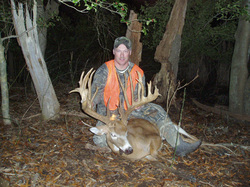
By Heather
This blog is inspired by Christopher McDougall's book, Born to Run. Hither to, my excuse for not doing a marathon has been that human beings were not designed to take that type of beating; that's why people die during marathons - they were not designed for it. I spoke out of ignorance, I knew nothing about running and even less about the design of the human body. Through Born to Run, I learnt that palaeontologists and anthropologists in their quest to discover whether homo sapiens is a walking creature or a running one concluded that we are a running being and have been uniquely designed not for FAST running but for running LONG DISTANCES. Our two-legged structure, the build of our Achilles tendons, sweat glands, lack of hair, large knees, a muscular gluteus maximus, the structure of the head and neck is designed to keep us going for miles. Neanderthals, a parallel species to homo sapiens, died out 20- to 30,000 years ago because as they moved from an ice age to a warmer climate they couldn't run - they were snow walkers. Hunter-gatherer homo sapiens on the other hand, chased animals down until the animal keeled over and died! All other animals can only breathe once per step. When they lunge forward/down, all their innards push forward helping them to exhale; when they step up, all their organs move back allowing lots of air to flow in. Breathing is also the cooling system used by all other land mammals. A human being, on the other hand, can breathe many times per step and we cool down mostly by sweating. Therefore, in man vs. deer, whilst the deer can run faster, it can't maintain that speed for very long. Sooner or later it has to slow down and as it does man gains on it and eventually catches up - or the animal passes out. All animals have to stop when they overheat, humans included, or they will die. 
Has this been tested? Yes, a South African man lived amongst a hunter-gatherer tribe for four years and experienced it himself. The first persistence run he experienced lasted two hours; he was lucky - all the ones after that lasted three to five hours. It's not for the faint hearted.
So why do some people die on the marathon trail? They are ill prepared. For hunter-gatherers running was a way of life. They were always ready to go because you can't plan when your next ideal kill will appear. Initial research suggested that humans were ideally suited to persistence running because our upright structure meant we can survive heat better - we don't overheat as easily as our four-legged friends. This turned out to be wrong. Even in the winter the South African experienced persistence running. Hunter gatherers became experts in analysing the behaviour of animals. Some animals are weaker in winter, others on sunny days and yet others can't cope on muddy rainy days. The animal targeted varied by season. But how do humans stay upright as they run without a tail when all other animals use the tail for balance? The answer: your butt. No, I'm not being rude; the muscle of the buttocks is uniquely designed to help us balance. Who would have thought? The human bum makes up for the lack of a tail. Now that I've discovered that I was born to marathon, will I join one? Not so fast; I've been idle for far too long. My body is weak but it's something I am now willing to work towards. Read my brief review of Born to Run here and buy it on Amazon:
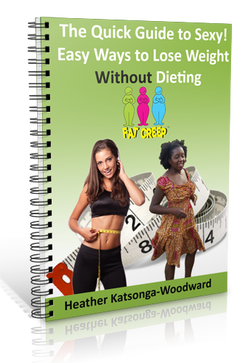
Although your personal finances and your business success are my primary interest, I believe you only operate at peak efficiency when you're fit and healthy. If you feel good, it filters through to your work. To help you with that, click for your free ebook: The Quick Guide to Sexy  By Dr Harry Dr John Briffa is a UK based medical doctor, columnist and speaker. I read John’s book, Escape the Diet Trap, in a single sitting during a flight to America. It aims to persuade us that dieting (i.e. eating less) does not work in the long term. This is because when we diet we end up feeling hungry all the time, and miserable which does nothing for our motivation. Although interestingly he also states that, “at the time of writing I normally eat only 2 meals a day.” He is a proponent of eating foods which are low-carb (low carbohydrate), and suggests that by following this diet (i.e. lifestyle choice) you can lose weight. He then goes on, in Part 1 of the book, to outline his arguments in favour of eating low carb foods and addresses the questions which usually come up when you replace the carbs in your diet with more fat and protein. You will certainly be surprised by some of the stances he takes, but I am not going to make any critique of that here: you can make up your own mind. There are plenty of references (about 250) which are cited in the bibliography. These are mainly scientific research papers, and you can follow up on what he is talking about if you are so inclined. The first part of his book is designed to educate; he calls the summary at the end of each chapter “learning points” and gives five or so bullet points of the chapter in brief in case you decided to gloss over it! What caught my eye, because I have written about these subjects on the Fat Creep Blog, was when he talks about the flaws of BMI and the usefulness of waist circumference as a marker of visceral fat. After he presents his arguments that low carbohydrate is the way to go, Part 2 of the book helps you change your lifestyle, from a diet and exercise standpoint. If you want to embrace the low carbohydrate lifestyle which he advocates, he helps you by listing foods which can be eaten abundantly (natural products like meat, fish, egg) as well as foods to be avoided which are high in carbohydrate, such as pasta, bread and rice. For example, if you want to know what a good breakfast consists of try full-fat yoghurt with some berries and a dash of honey. You can even eat it on the go, or at work. Lunch? Obviously sandwiches are out of the question because bread is carb rich. Therefore he suggests a crayfish salad. In fact he gives you a sample menu to survive on which contains some practical ideas and helps to make the process as straightforward as possible. Many of his more general hints are well known and we have even advocated many of them in the Fat Creep Forum but this doesn’t mean that they don’t bear repeating. Things like: - Don’t ever be hungry because you will end up making bad food choices - Eat slower, consume less - Reduce your portion sizes - Drink plenty of water - the best way to tell you are getting enough? The colour of your urine! (too dark means you need to drink more water) Along with some ones I hadn’t heard before and which I will definitely be implementing such as: - Keep snacks (like nuts) out of sight (like in a cupboard), and only take out a handful at a time – this forces you to think about your snacking rather than just eating from a packet until it’s empty! - Don’t snack while watching TV – again, like the above suggestion, this is a bad idea because you are distracted while you eat, and not thinking about the act of eating which is important in itself He even gives detailed descriptions of exercises you can do each day to work on major muscle groups. Like the food choices, he provides this information for maximum convenience. His top tips for regular exercise are to decrease screen time (TV/internet) and actually schedule exercise into the day (like you would a meeting, or breakfast!) Although anyone reading the book has probably done all these already, I am sure that quite a lot of people (myself included) do not exercise like this on a daily basis. And that is part of the beauty of this book. It is certainly not a “dieting” book. But it is a doorway to a healthy lifestyle: something which we should all be striving for.  Although your personal finances and your business success are my primary interest, I believe you only operate at peak efficiency when you're fit and healthy. If you feel good, it filters through to your work. To help you with that, click for your free ebook: The Quick Guide to Sexy |
By Heather
|
Heather Katsonga-Woodward, a massive personal finance fanatic.
** All views expressed are my own and not those of any employer, past or present. ** Please get professional advice before re-arranging your personal finances.







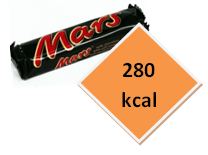

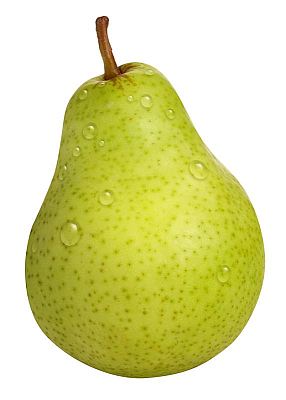
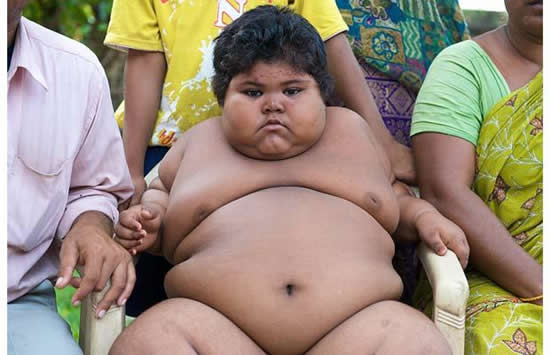
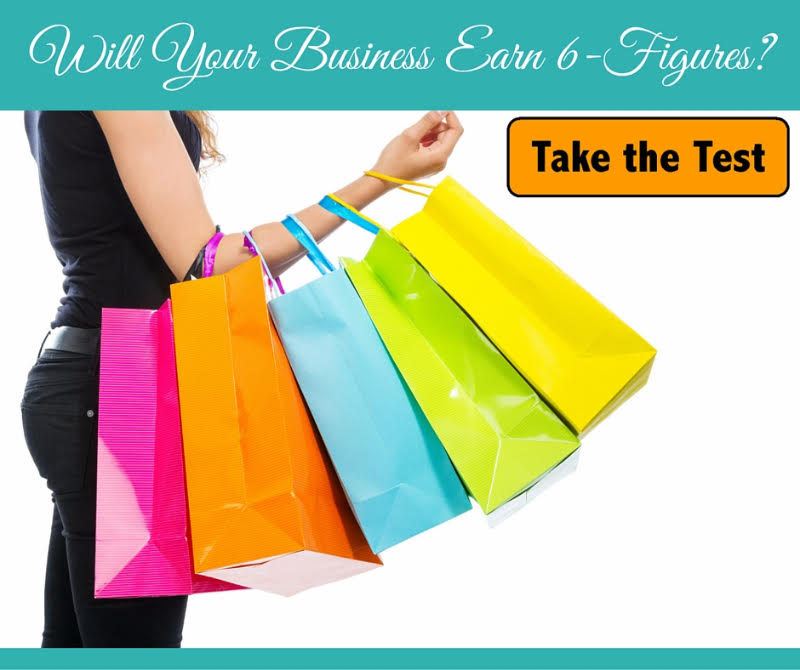
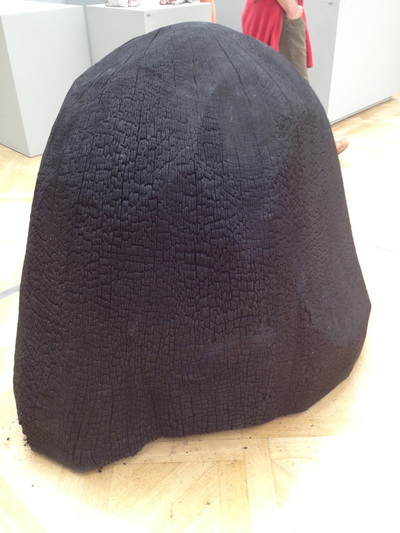
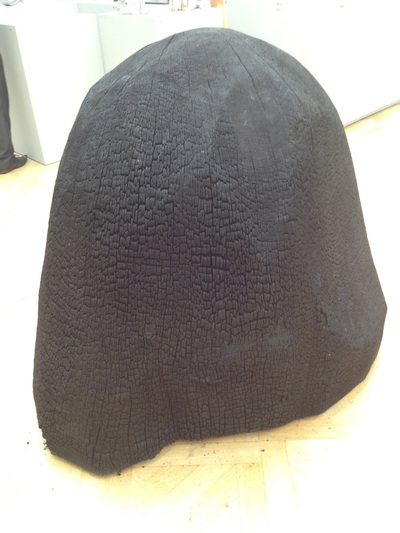

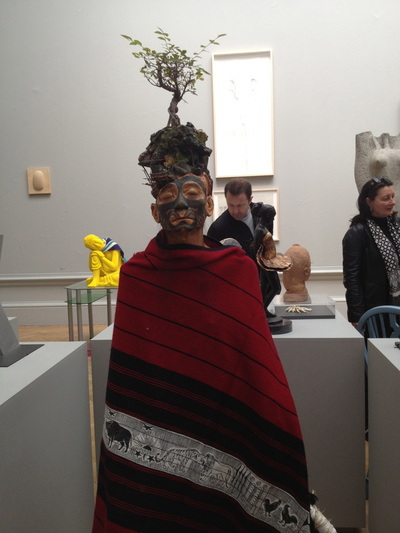

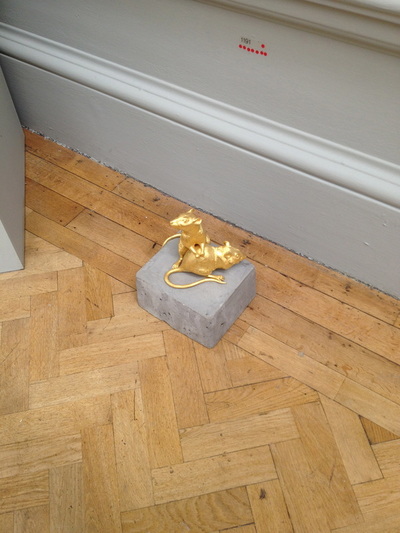
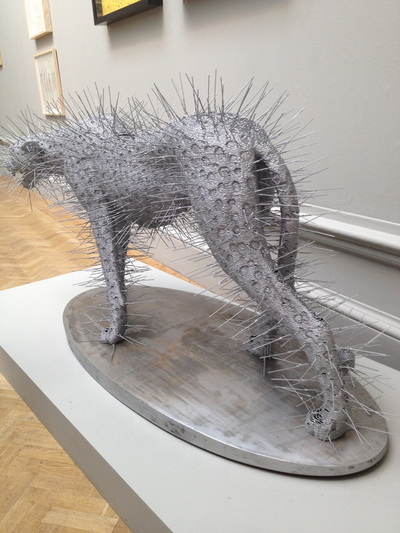




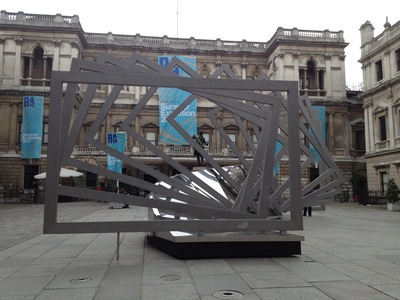

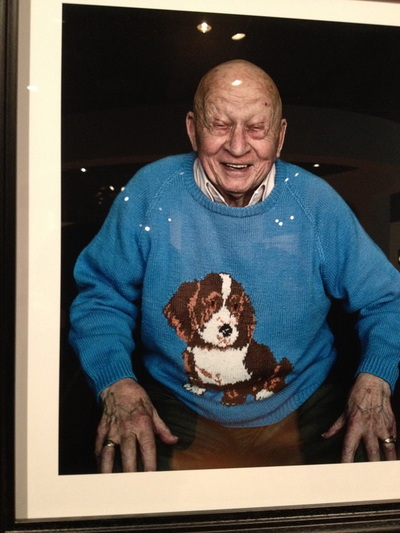
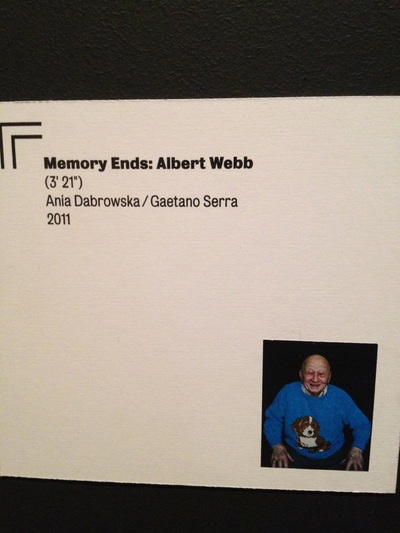
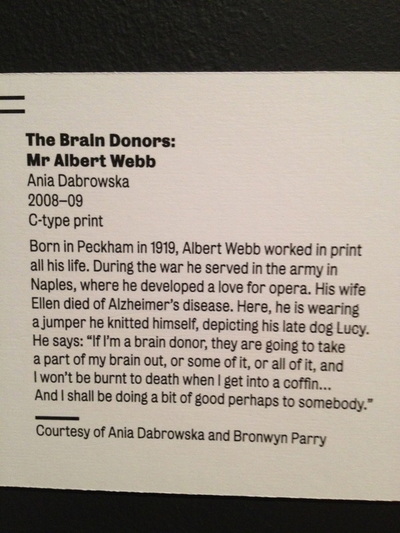
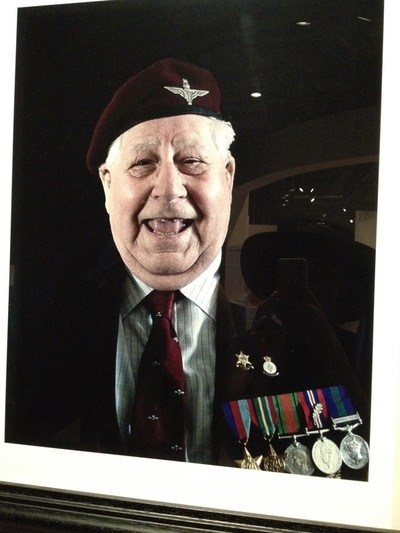
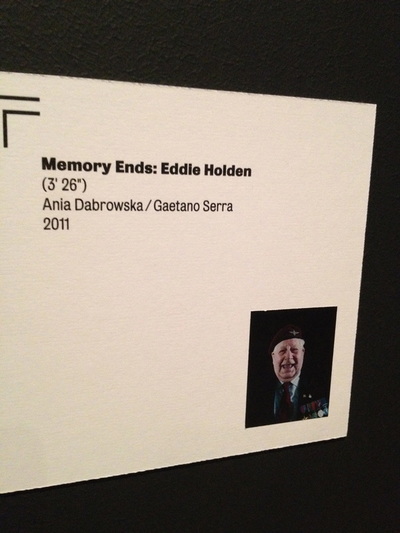
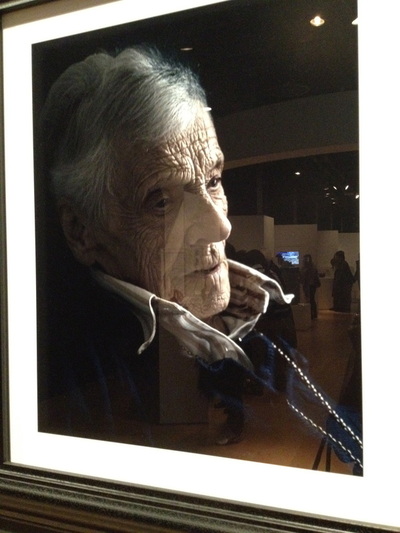
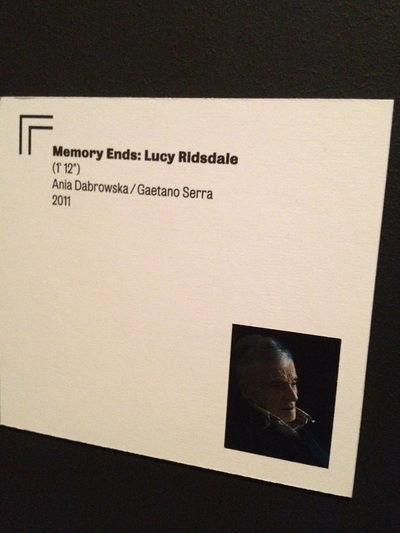
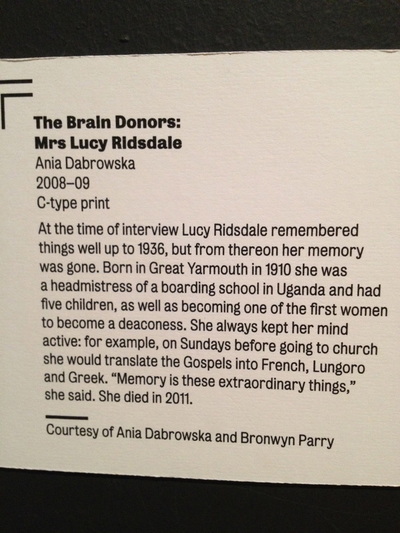
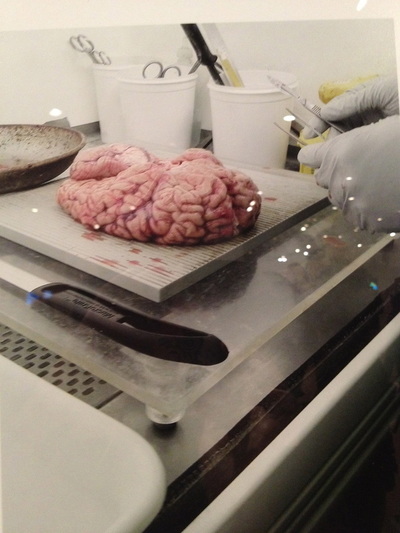
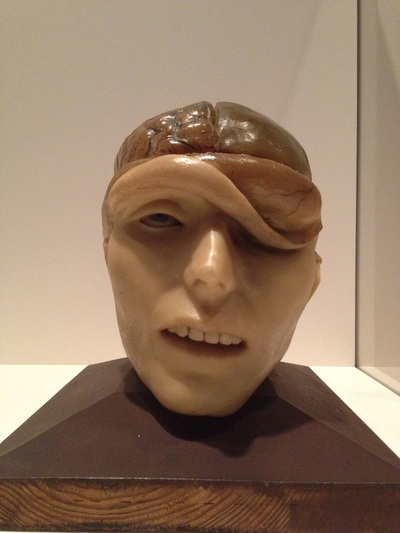
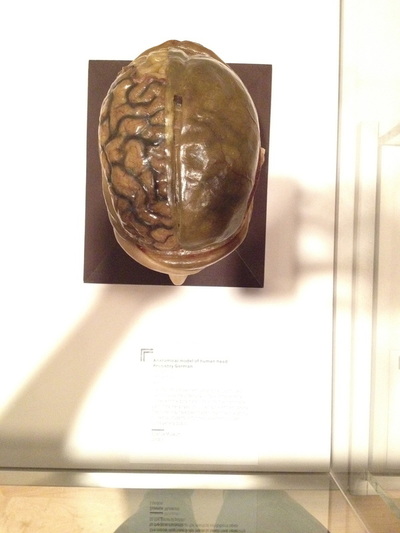
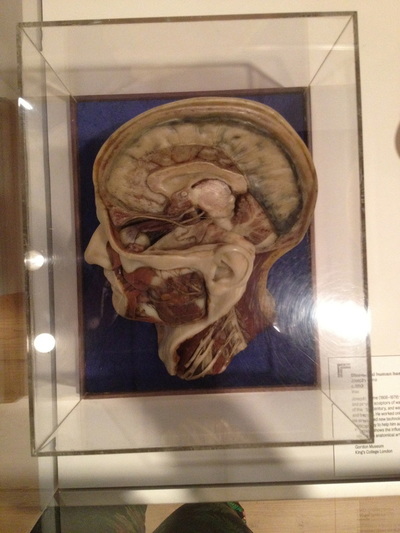







 RSS Feed
RSS Feed


